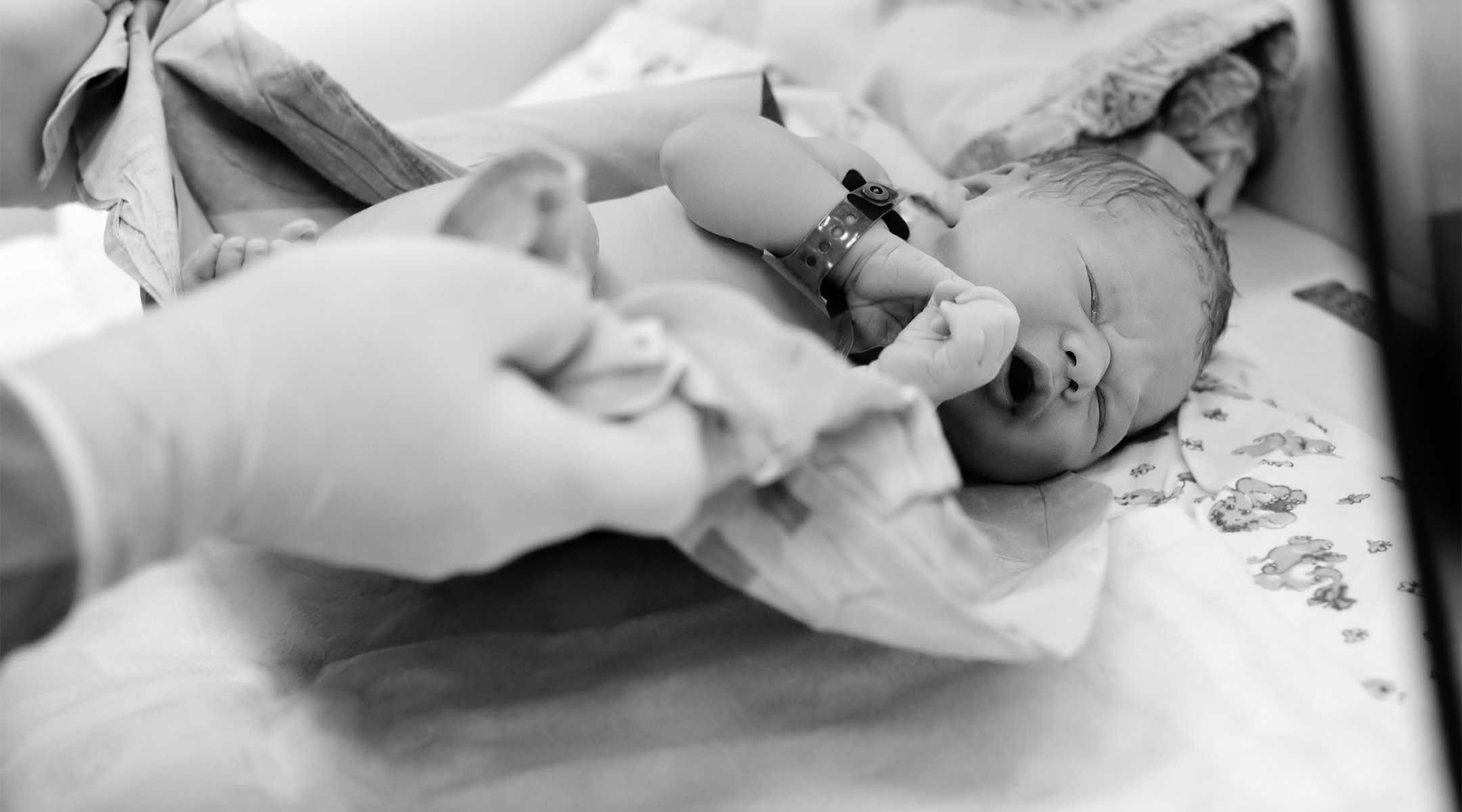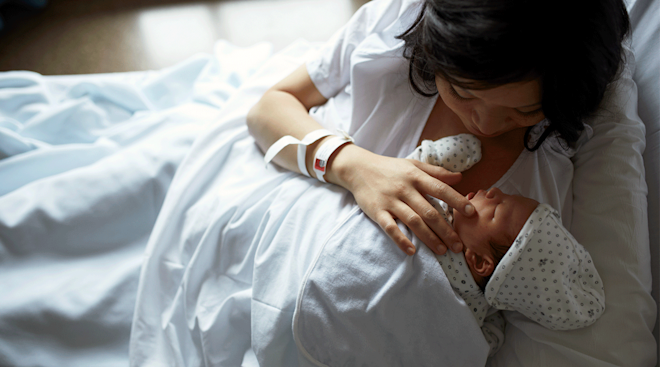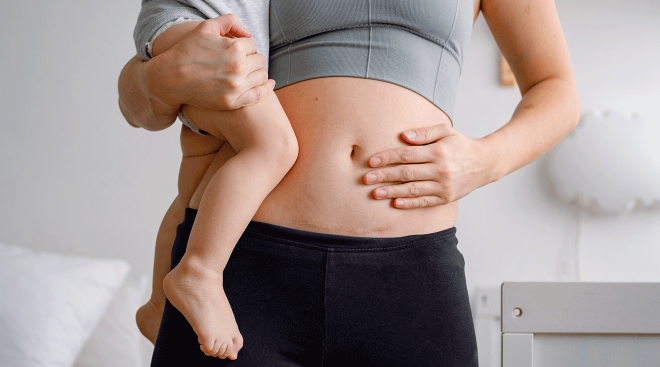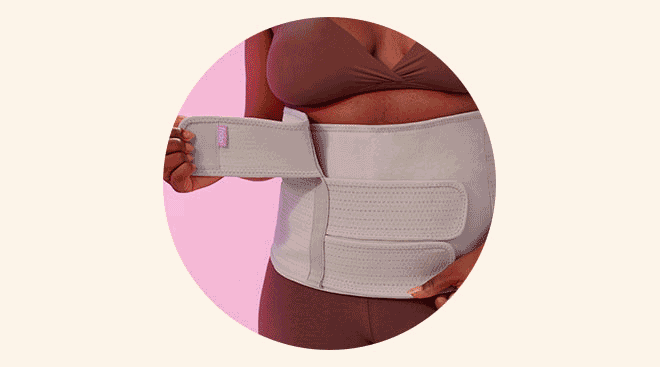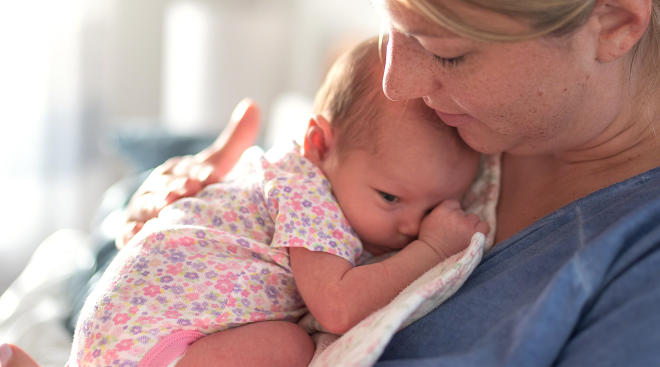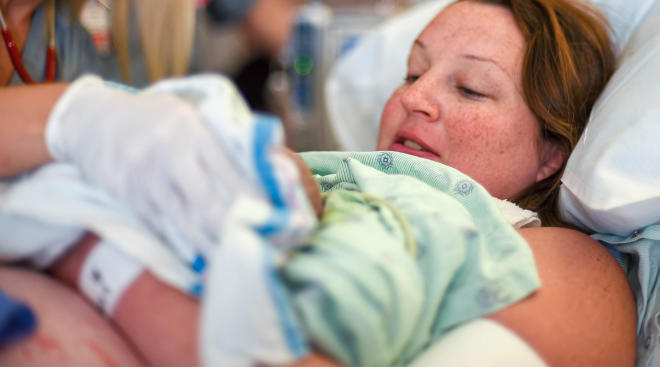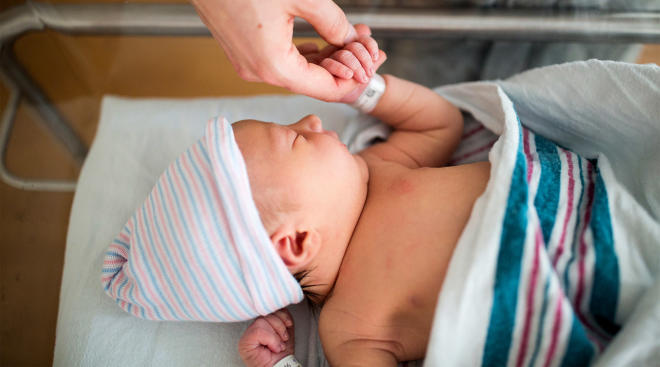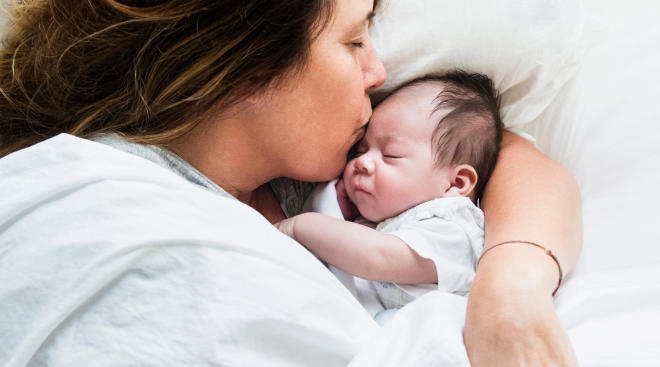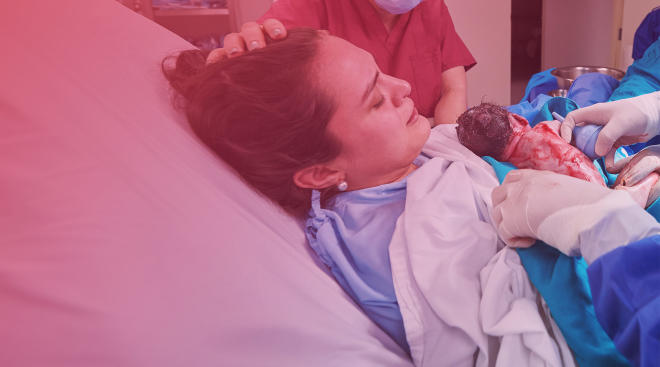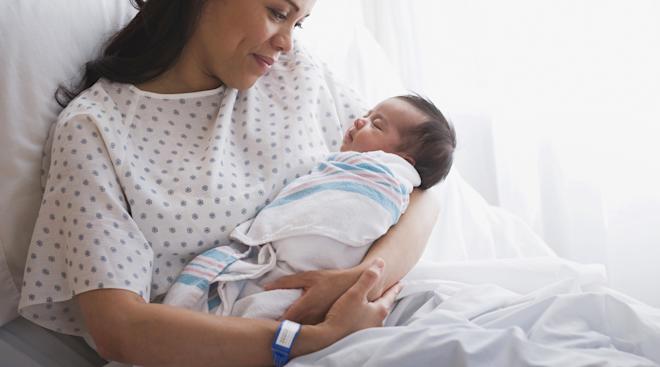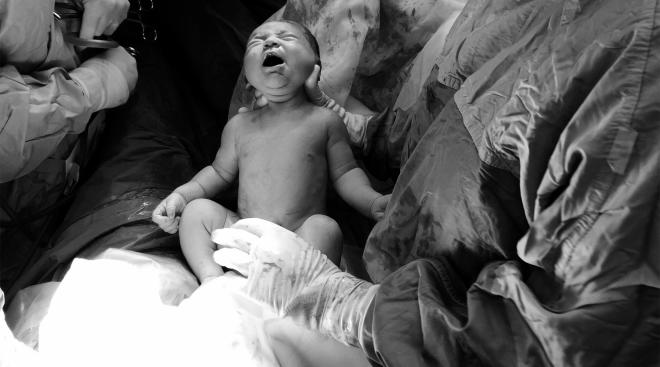What’s so special about vaginal birth? Without getting too graphic, babies who pass through the birth canal are covered with their mother’s fluid, receiving microbes that are especially beneficial to immune system development. This is what c-section babies are missing out on. So researchers offered a simple suggestion: Why not just wipe c-section babies down with that fluid after delivery? While an initial study about this practice, called vaginal seeding, was promising, newer research suggests it might not be safe.
Let’s start with the 2016 experiment. A team of researchers from NYU Langone Medical Center swabbed four babies with gauze pads that had soaked up microbes from their mother’s birth canals just prior to birth. Compared to the seven other c-section babies involved in the study, these babies had microbiomes similar to their vaginal-birth baby counterparts 30 days after birth. Specifically, both swabbed babies and vaginally-delivered babies showed higher levels of Lactobacillus and Bacteroides, immunity-boosting strains of bacteria.
“Our study is the first to demonstrate that partial microbiome restoration just after birth is possible in babies born by c-section,” said lead study author Maria Dominguez-Bello, PhD. “With a third of US babies now born by c-section, twice the number as is medically necessary, the question of whether a baby’s founding microbiome affects its future disease risk has become more urgent.”
But there were the issues of small sample size and short lead time: Only 11 babies were involved in the study, and there was no information as to how a microbe wipe could or couldn’t benefit babies later in life.
So researchers from the Division of Obstetrics and Gynecology at The University of Western Australia have taken up the torch. They recognize that babies born via c-section have a different microbiome than babies delivered vaginally, but they don’t think fluid from the birth canal is the primary reason why.
“After reviewing the scientific evidence, we find no support for the ‘bacterial baptism’ hypothesis,” says lead researcher Lisa Stinson. “While we know that cesarean delivery impacts the infant microbiome, it’s very unlikely these differences are caused by a lack of exposure to vaginal microbes at birth.”
Essentially, Stinson found the bacteria associated with newborns can’t neatly be divided up by vaginal delivery versus c-section delivery.
“If passage through the vagina seeded babies with vaginal bacteria, we would expect to find these bacteria in babies born this way, but this is not the case,” she says. “Microbes thrown out of balance in babies born by c-section are very similar to those thrown off balance in babies born to mothers receiving antibiotics but delivering vaginally. It is likely that routine antibiotic administration given to mothers delivering by c-section is a major underlying problem. Mothers delivering by c-section are also more likely to be obese, have less breastfeeding success and give birth at an earlier gestational age, which can also account for differences in bacterial populations.”
What’s more, Stinson and her team don’t think microbe wipes are particularly safe, and say there’s not enough evidence about their effectiveness to justify their use.
“There are certain risks, such as unintentionally transferring dangerous bacteria or viruses to the newborn,” Stinson says.
So what do the authorities say? The the American College of Obstetricians and Gynecologists encourages women to steer clear of vaginal seeding until more research is done.
Please note: The Bump and the materials and information it contains are not intended to, and do not constitute, medical or other health advice or diagnosis and should not be used as such. You should always consult with a qualified physician or health professional about your specific circumstances.
Navigate forward to interact with the calendar and select a date. Press the question mark key to get the keyboard shortcuts for changing dates.
































